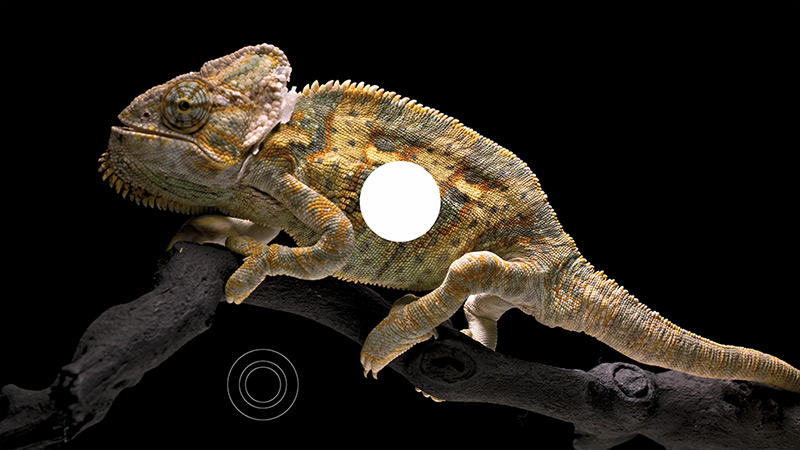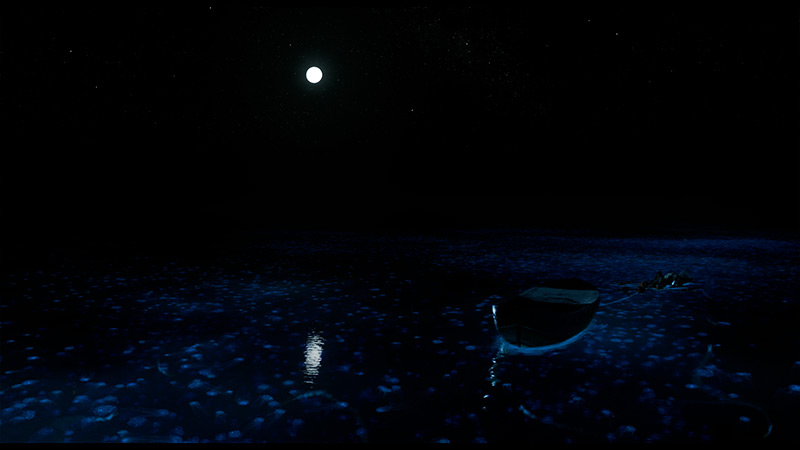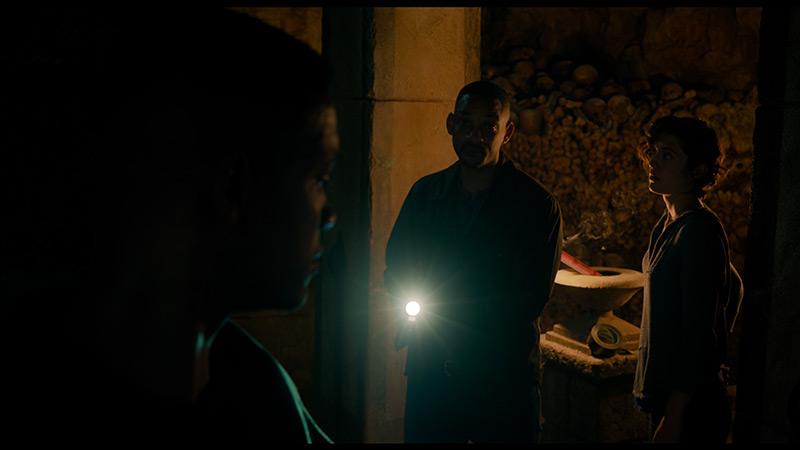The S85D is the 2024 entry-level OLED model from Samsung, which offers a lot for its reasonable price tag.
Thanks to OLED technology, you can enjoy excellent contrast, deep blacks, and impeccable viewing angles, ensuring a comfortable watch from anywhere in the room.
The Tizen operating system provides easy access to applications and streaming services including Netflix, Disney+, and HBO Max. At the same time, the solar remote permits control of other devices in the home - such as a satellite decoder, console, and more.
Its AirPlay feature allows for connection to iPhones, iPads and Macs and Bluetooth support enables wireless pairing with headphones, soundbars and gaming controllers.
The design of the Samsung S85D stands out among its peers due to its unusual, rounded shape at the back, giving the TV an elegant appearance. High compatibility with other devices allows for easy transition into a home entertainment system without major issues.
However, no device is without flaws. The lack of recording functionality and DTS audio support means that users who prefer this codec will need an external audio system, and the average SDR brightness may affect viewing in very bright rooms.
Despite these slight imperfections, the Samsung S85D is an excellent choice for anyone looking for a modern, versatile TV with outstanding picture quality. It offers many features that significantly enhance the user experience, leaving a positive impression. A lot for a little – the Samsung S85D proves you don't have to spend a fortune to enjoy premium viewing from your TV.
The Sony X75WL model, introduced in 2023 and carried into 2024, offers a range of attractive features. Running on the Google TV platform, it provides users with personalised recommendations based on their preferences and previously viewed content. Key applications like Netflix, YouTube, and Amazon Prime Video are readily available, and full integration with the Google Play Store allows for downloading additional apps, including games and media players. The built-in Google Assistant enhances usability, enabling voice-command control for a more seamless user experience.
The TV’s versatility is evident with features such as USB recording and peripheral connectivity, making it practical for various user needs. Its strong compatibility with PCs, supported by chroma 4:4:4 and low input lag, positions the X75WL as a good option for office work or home use. Audio performance is also commendable, offering subtle bass and clear sound that should satisfy most casual listeners without external speakers.
However, the X75WL does come with some limitations. Its low contrast and average HDR performance mean it is not the best choice for dark-room viewing, where deep blacks and detailed image quality are important. Additionally, the thicker bezels may not be aesthetically appealing to some users. Despite these drawbacks, the X75WL is still a versatile and practical television, particularly for those seeking functionality at a reasonable price. For those not committed to the brand, exploring competitive models might be worthwhile, as they may offer a superior quality-to-price ratio.
















































































































